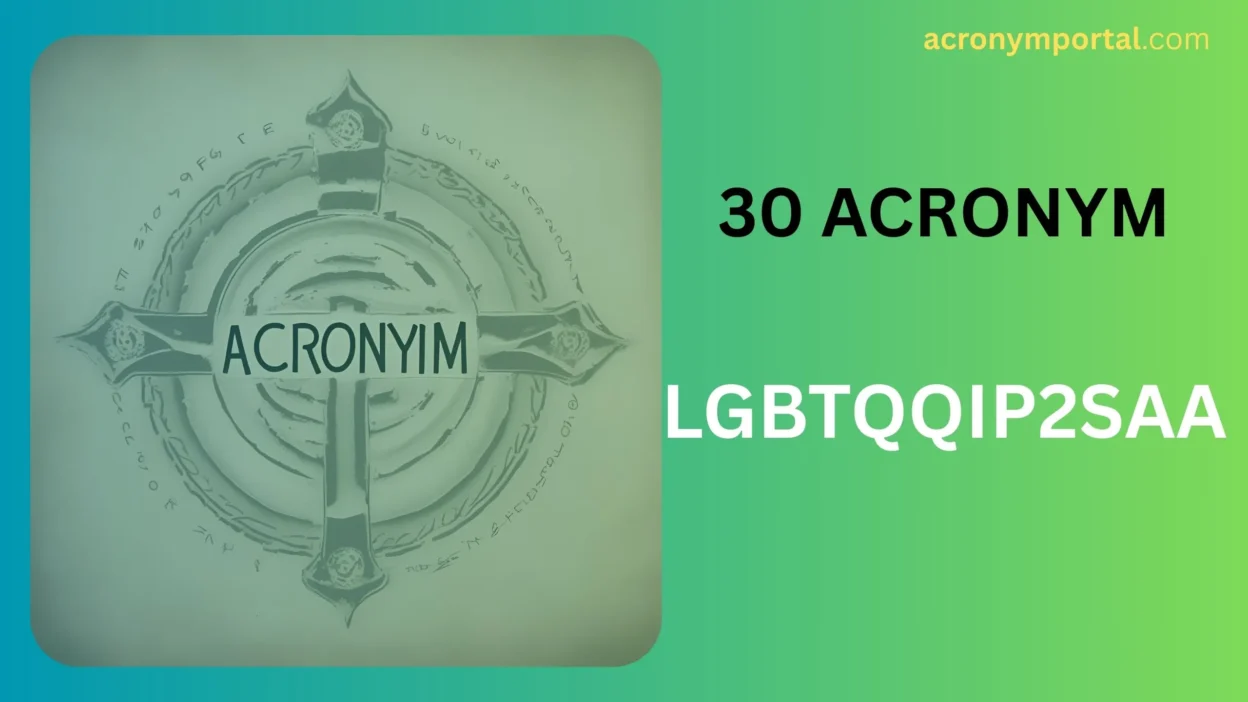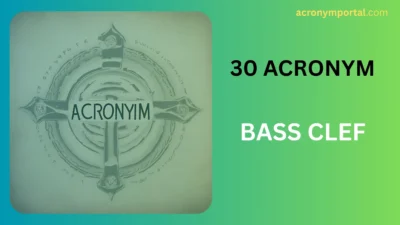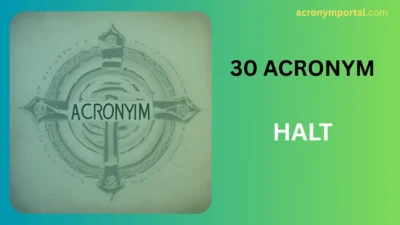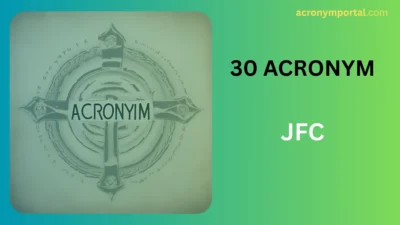When people come across the term LGBTQQIP2SAA, it’s often overwhelming at first glance. That’s because it’s a comprehensive and inclusive acronym that represents a wide spectrum of sexual orientations, gender identities, and expressions. It’s a deepened expansion of the familiar LGBT acronym (Lesbian, Gay, Bisexual, Transgender), and it acknowledges the diversity within queer communities.
But this acronym isn’t just a string of letters—it’s a language of inclusion, one that creates space for people whose identities might otherwise be overlooked.
Each letter or combination of letters in LGBTQQIP2SAA represents a distinct group with its own history, experiences, and cultural nuances.
In this article, we’ll break down the 30 components related to and within this acronym—providing a brief explanation, a sample sentence, and a note on when each identity is most appropriately acknowledged or emphasized. We’ll also offer guidance on understanding tone, emotional context, and the importance of using inclusive language respectfully.
🔄 What Does LGBTQQIP2SAA Stand For?
LGBTQQIP2SAA stands for:
- Lesbian
- Gay
- Bisexual
- Transgender
- Queer
- Questioning
- Intersex
- Pansexual
- 2S Two-Spirit
- Asexual
- Ally
Let’s dive into 30 terms and identities associated with this inclusive spectrum:
🧩 30 Components of the LGBTQQIP2SAA Spectrum
1. Lesbian
Meaning: A woman who is romantically and/or sexually attracted to women.
Example: She came out as a lesbian in college and found a supportive community.
When to use: Use when referring to female same-sex attraction.
2. Gay
Meaning: Often refers to a man attracted to men, but can be a general term for same-gender attraction.
Example: He’s proud to be a gay man and celebrates Pride every year.
When to use: Widely accepted term; avoid using it as a pejorative.
3. Bisexual
Meaning: Attracted to more than one gender.
Example: As a bisexual person, she felt erased when people assumed her partner’s gender.
When to use: Best used to describe people who experience attraction across genders.
4. Transgender
Meaning: Someone whose gender identity differs from the sex assigned at birth.
Example: He is a transgender man who advocates for healthcare equity.
When to use: Always use respectful pronouns and avoid deadnaming.
5. Queer
Meaning: An umbrella term for non-heteronormative identities; also a reclaimed slur.
Example: The queer community has a rich and diverse history of activism.
When to use: Use carefully; some may find it empowering, others offensive.
6. Questioning
Meaning: Someone exploring or unsure about their gender or sexual identity.
Example: He’s currently questioning and not ready to label himself.
When to use: Use to validate transitional phases of self-discovery.
7. Intersex
Meaning: A person born with physical sex characteristics that don’t fit typical definitions of male or female.
Example: Intersex individuals often face medical interventions without consent.
When to use: Respect preferred pronouns and identities; avoid invasive questions.
8. Pansexual
Meaning: Attracted to people regardless of gender identity or biological sex.
Example: They identify as pansexual and feel connection beyond gender.
When to use: When someone emphasizes gender inclusivity in attraction.
9. Two-Spirit (2S)
Meaning: A term used by some Indigenous North Americans to describe a person with both masculine and feminine spirits.
Example: Two-Spirit people have long held respected roles in many tribes.
When to use: Use only in Indigenous contexts with cultural sensitivity.
10. Asexual
Meaning: Experiences little or no sexual attraction to others.
Example: She identifies as asexual but still desires emotional intimacy.
When to use: Distinguish between lack of attraction and lack of affection.
11. Ally
Meaning: A non-LGBTQ+ person who supports and advocates for the community.
Example: He’s an ally who actively pushes for LGBTQ+ rights in his workplace.
When to use: Best when someone uses their privilege to support marginalized groups.
🎨 Additional Identities Related to LGBTQQIP2SAA
12. Nonbinary
Meaning: A gender identity outside the male-female binary.
Example: They use they/them pronouns and identify as nonbinary.
When to use: Always ask and use correct pronouns.
13. Genderqueer
Meaning: A person who challenges traditional gender distinctions.
Example: Their genderqueer identity is central to their art and activism.
When to use: Interchangeable with nonbinary for some; unique to others.
14. Genderfluid
Meaning: A gender identity that shifts over time.
Example: Being genderfluid, they dress differently based on how they feel each day.
When to use: Highlight when gender identity varies dynamically.
15. Agender
Meaning: A person who identifies as having no gender.
Example: They’re agender and prefer to avoid gendered language altogether.
When to use: Use with pronouns they prefer (they/them is common).
16. Demisexual
Meaning: Experiences sexual attraction only after emotional connection.
Example: As a demisexual person, he finds hookup culture alienating.
When to use: Asexual spectrum; emphasizes emotional bonds.
17. Greysexual
Meaning: Rare or conditional sexual attraction.
Example: They identify as greysexual and only feel attraction in specific contexts.
When to use: Often part of the asexual spectrum.
18. Androgynous
Meaning: A blend of masculine and feminine traits.
Example: Their androgynous style breaks fashion norms.
When to use: Visual or gender expression discussions.
19. Bigender
Meaning: Identifies as two genders, simultaneously or alternately.
Example: Bigender individuals may feel male one day, female the next.
When to use: Respect fluid identity expression.
20. Polysexual
Meaning: Attracted to many genders, but not all.
Example: Polysexual people often get mistaken for pansexual.
When to use: Best when attraction isn’t gender-blind but still diverse.
21. Omnisexual
Meaning: Similar to pansexual, but acknowledges gender as a factor in attraction.
Example: Omnisexuality is inclusive but not gender-neutral.
When to use: When attraction varies with gender differences.
22. Skoliosexual
Meaning: Attracted to nonbinary or gender-nonconforming people.
Example: He identifies as skoliosexual and is drawn to fluid gender expression.
When to use: Use sensitively and with clarity.
23. Transmasculine
Meaning: A transgender person leaning toward masculinity.
Example: As a transmasculine person, he is on testosterone therapy.
When to use: Use to describe masculine transition journeys.
24. Transfeminine
Meaning: A transgender person leaning toward femininity.
Example: Her transfeminine identity is part of her coming-out story.
When to use: Applies to feminine-aligned trans identities.
25. MTF / FTM
Meaning: Male-to-Female or Female-to-Male transgender people.
Example: She is an MTF trans woman who came out in her 30s.
When to use: Often used in medical or clinical contexts—use preferred terms.
26. Intergender
Meaning: Identity between genders, not fitting into one category.
Example: Their intergender identity allows them to reject all binaries.
When to use: Use for deeply nuanced gender discussions.
27. Neutrois
Meaning: A nonbinary gender identity often associated with neutrality or absence of gender.
Example: As a neutrois person, they prefer minimal gender expression.
When to use: Often used within nonbinary discourse.
28. Third Gender
Meaning: Recognized outside the binary, especially in non-Western cultures.
Example: Some cultures officially recognize third gender roles.
When to use: Cultural sensitivity is crucial.
29. Queerplatonic
Meaning: Deep, non-romantic partnership that transcends friendship norms.
Example: They are in a queerplatonic relationship with their best friend.
When to use: For nontraditional relationship structures.
30. Alloromantic / Allosexual
Meaning: Experiences typical romantic/sexual attraction (contrast with “a-” identities).
Example: Allosexual individuals might not understand asexual experiences easily.
When to use: Often used within ace/aro communities for contrast.
🧭 Choosing the Right Term: Context Matters
Here’s how to choose the right identity descriptor:
- Always use a person’s self-identification. Never assume.
- Context matters. Some terms are personal (like demisexual), while others are political (queer), cultural (Two-Spirit), or social (ally).
- Use neutral or affirming tones. Avoid outdated or clinical terms unless requested.
- Understand boundaries. Some labels carry emotional or historical weight—respect that.
🌈 Final Thoughts
Understanding and using LGBTQQIP2SAA-related terms isn’t about checking boxes—it’s about respecting identity and making people feel seen. The richer your vocabulary, the better you can express support, empathy, and accurate representation.
The goal isn’t to memorize every term but to stay curious, compassionate, and open. If you’re ever unsure, just ask respectfully. Language evolves, and so does identity—let your language grow with it.




